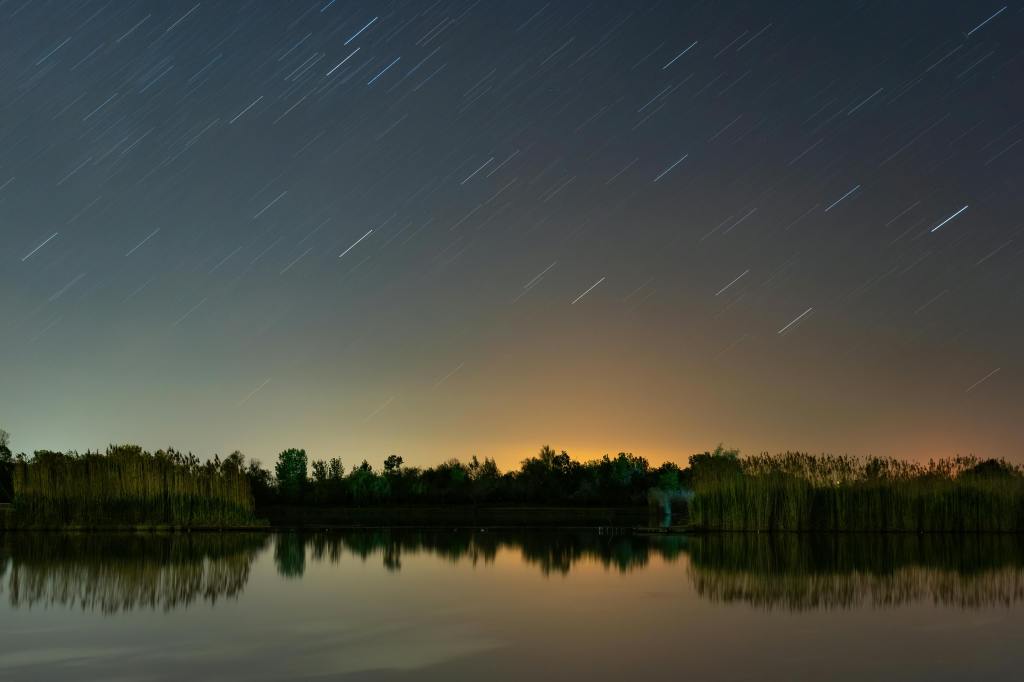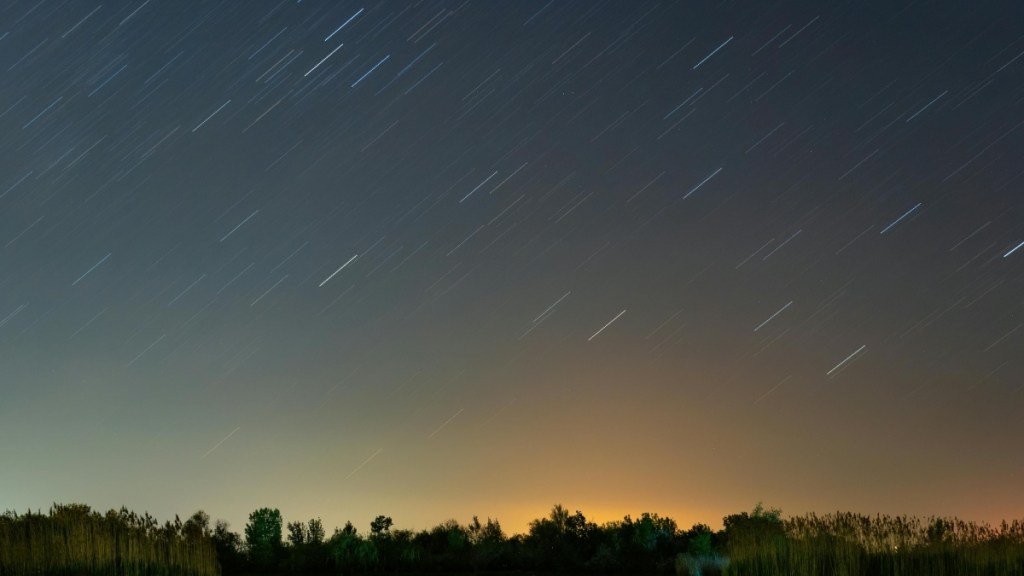Just because the total solar eclipse is over doesn’t mean there aren’t more celestial events to enjoy this year! In fact, there are two spectacular meteor showers coming our way this month and the next. The first is called Lyrids, which will appear to originate from the constellation of Lyra. Although you’re most likely to see 10 to 15 meteors per hour when there’s no moon, surges can bring about 100 per hour! Peak viewing will be April 22-23.
Then there’s the Eta Aquariids. These showers are caused by the infamous Halley’s Comet. During its peak, which will take place May 6, there will be as many as 60 meteors per hour! As amazing as these two meteor showers are sure to be on their own, the best part is that, there’s a bit of an overlap!

While Lyrids and Eta Aquariids will peak on different days, there will be an overlap from April 19-25. So, if the conditions are right, you may just have the opportunity to spot them both at the same time! How cool is that?
Look to the Sky This Week for Dual Meteor Showers
To best observe these celestial shows, remember to head out to a safe, dark location so that lights don’t interfere with your viewing experience. Plus, it’s ideal to either lay on the ground or recline in a comfy chair. Either way, bringing a buddy along is sure to make it even more fun!
You can find the source of this story’s featured image here!
Want to be happier in just 5 minutes a day? Sign up for Morning Smile and join over 455,000+ people who start each day with good news.



